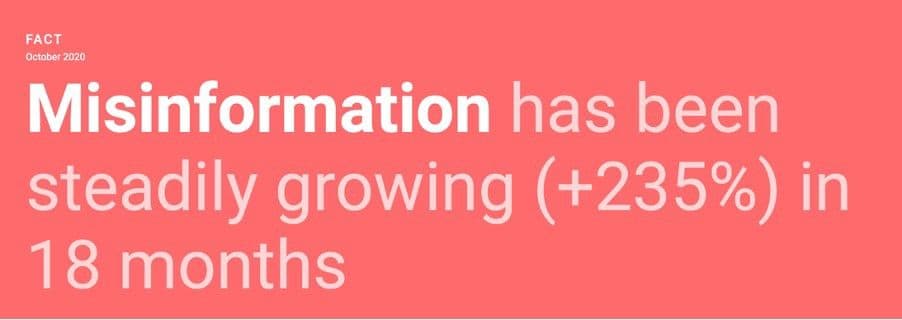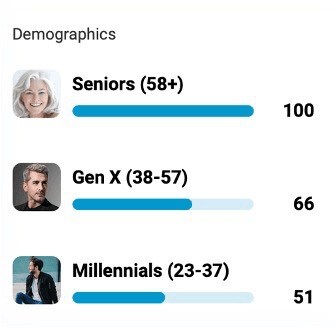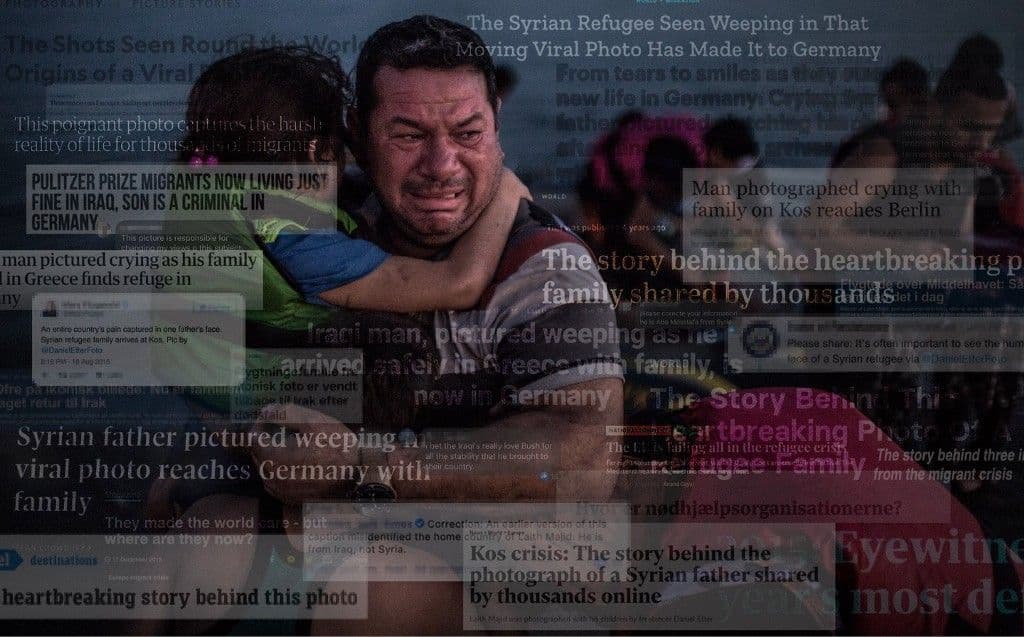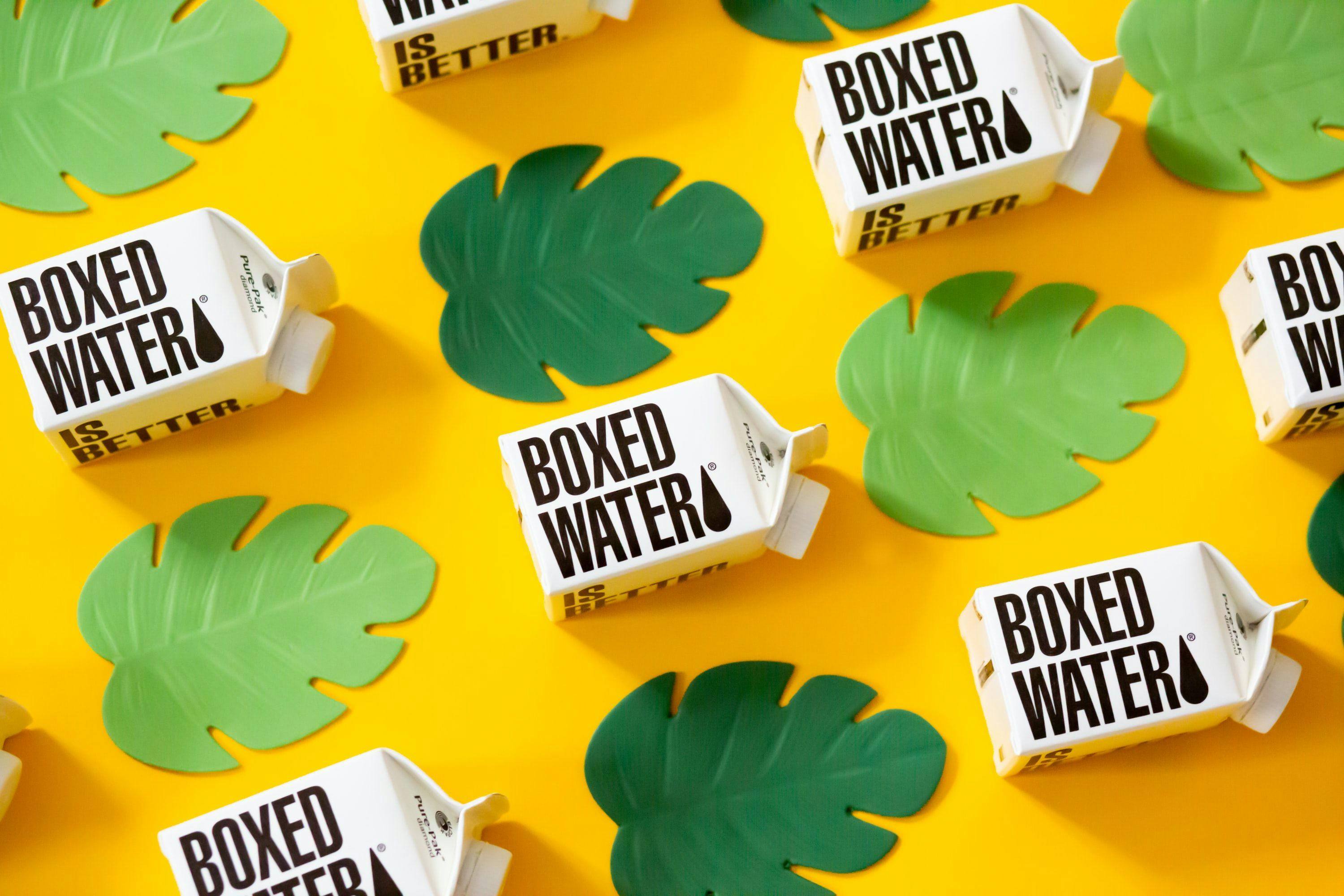Fact or Fake?: The Search For Truth As a Major Concern
TREND CONFIRMATIONS
In a world filled with bias and misinformation, people are demanding accuracy and action from media but also from other industries. How can brands react to one of the biggest problems of our era?

Fake news is no news. The world has witnessed the awakening of this movement more than 4 years ago.
We can all agree that its first appearance is directly connected to Brexit, Donald Trump first presidential campaign and Social Media. Although many people, companies and governments raised the hand warning about this and tried to control it, its evolution didn’t stop.
Post-Truth Era
Fake News is part of a Nextatlas trend called “Post-Truth Era” that talks about how fact-checking and “truthing” is becoming ever more relevant. But the most interesting part of this trend is its remarkable growth during this year, as can be seen in the timeline extracted from our platform.
During 2020, there has been many events and circumstances that have boosted its growth and reach. For starts, COVID19. The pandemic, the little knowledge about it and the lack of foresight from governments during its first phase have originated several fabrications around it. Second, an increase in the use of Social Media. Having to stay at home, we found ourselves using Facebook, Instagram or TikTok more and more and consuming lots of contents from them. Third, a rising interest towards the news. It’s been a long time since people paid as much attention to news and current affairs.
The list goes on and on. The arrival of 5G to the UK has originated false theories linking 5G to coronavirus. People falsely claimed that “5G weakens the immune system, making us more vulnerable to catching the virus” and even that “the virus can be transmitted through 5G networks”.
But fake news goes way beyond Covid. The furniture retailer Wayfair has also been a victim of fake news:

Timeline showing the evolution of popularity of the “Post-Truth Era” trend.
A good question to ask ourselves right now is: how are consumers going through this time of uncertainty, half-truths and fallacies?
First of all, they are talking about this and showing their discomfort.
According to Nextatlas, terms such as "Misinformation"have grown notably over the last year (+235%), proving that this issue is a huge concern among people.
Secondly, they are demanding brands and different institutions to take action against lies and fallacies. In fact, Nextatlas has identified that the term “Debunk" has been steadilygrowing (+ 85%) in 18 months in countries such as China, USA, Canada, the United Kingdom and France.

Nextatlas fact on "Misinformation" growth
But who are those consumers most interested in the search for truth?
In the first place, the Seniors who, at the same time, are the ones who are most likely to spread fake news through Social Media. Then, there is Generation X and Millennials.
We can also say that despite the fact that Generation Z is a heavy user of Social Media, it does not represent a relevant audience for this trend since its consumption of news is much lower.
So the big question is: how can brands act against this phenomenon?
Consumers are expecting brands to join their fight for truth. In this sense, any brand can help people identify or denounce fake news but also, they can become a source of trustworthy facts linked to their own categories, consumers and industries.

Nextatlas Platform data about consumers most interested in the search for truth
Canon Nordic is one of the brands that has acted on this. They have created Truthmark, a global database that aims to bring truth over the thousands of pictures being manipulated or misused.
“Photographers increasingly experience that their photos are misused out of context to tell other stories. The Truthmark Initiative is supported by Canon and puts photographers in front to tell the true story behind their pictures”, they state on their website.
By simply getting a verified account, photographers can upload their own images and tell the true story behind them (where was it taken, what was the context, what happened on that day, etc). At the same time, when having doubts about the veracity of an image, users can upload it and see the real story. In this way, the brand not only acted on a hot topic but also provided a way to solve it.
The action of brands and companies on this issue becomes essential and increasingly appreciated by consumers who experience this problem with great anguish and anxiety.

Image Credit: Truthmark by Canon Nordic
Trend lines, data, and information described in this article emerge from the ongoing analysis performed by Nextatlas on its global observation pool made of innovators, early adopters, industry insiders expressing their views on Twitter, Instagram, and Reddit.
To learn more about our AI, discover Nextatlas Methodology here
Related articles:
Italy
Torino - Via Stampatori 4, 10122(Operational headquarter)+39 011/0864065VAT number and registration number at the Registro delle Imprese di Cagliari: 03428550929 paid share capital € 167.740,00 — © 2024 iCoolhunt SpA.




